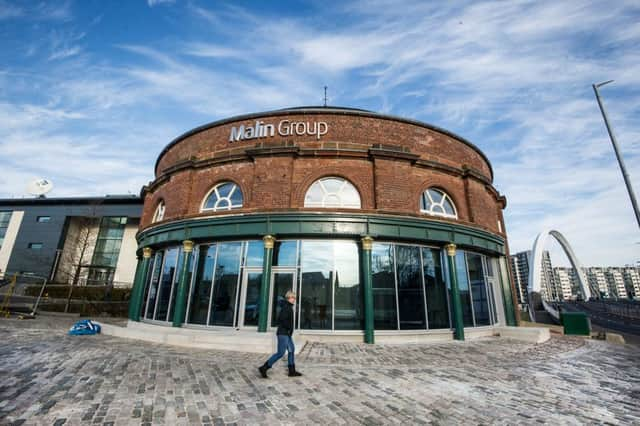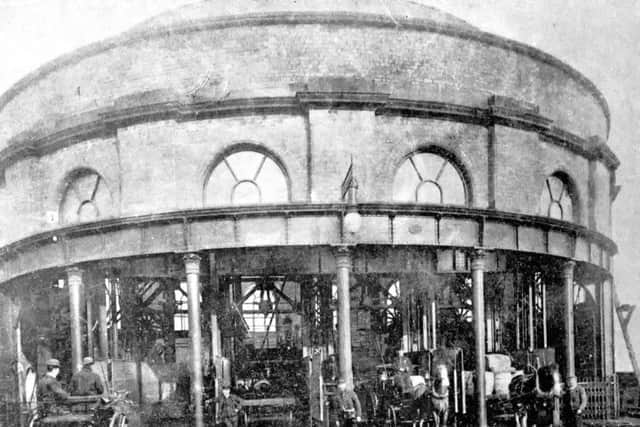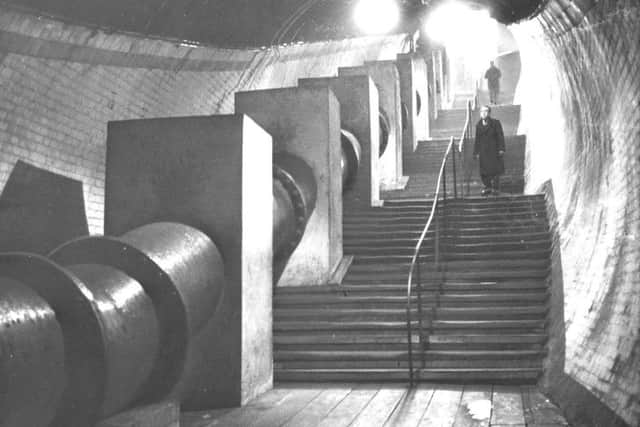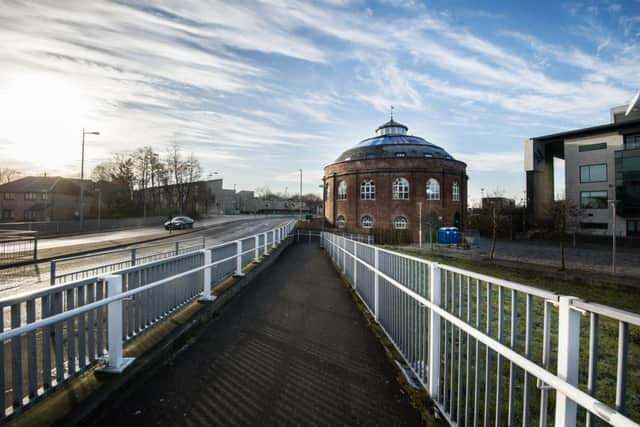Historic South Rotunda a beacon of the Clyde's revival


The South Rotunda was one of two access points to a tunnel system which allowed pedestrians, horsedrawn waggons and small vehicles to cross the water when this end of the city was filled with warehouses and dock workers.
Closed in 1980, it was left empty for more than three decades.
Advertisement
Hide AdAdvertisement
Hide AdWhile its counterpart on the north bank was converted into a restaurant in the 1990s, there were fears the Victorian structure would be demolished if a use for it could not be found.


Now the B-listed building has been reinvented as office space, securing its future. Fittingly, it will be home to a marine engineering company, Malin Group.
The north and south rotundas were built in the early 1890s to provide cover for the existing lift shafts that allowed vehicles to cross under the Clyde.
Three tunnels - two for goods traffic and one for pedestrians - were by then in operation.
The river was so busy with shipping the nearest bridge was almost a mile downstream in Glasgow city centre. Tunnels allowed goods - and dockers - to quickly pass from one bank to another.


The South Rotunda was built at Plantation Quay, close to Prince’s Dock, and a short distance from the graving docks at Govan.
Until the early 1970s, the area on the south bank of the Clyde was a teeming dockside community.
Advertisement
Hide AdAdvertisement
Hide AdBut as commercial shipping dried up - modern container ships were simply too large for the Upper Clyde - the area went into steep decline.


Most of the 19th century tenements in Plantation were demolished by 1975 and the Prince’s Dock was largely infilled.
The pedestrian tunnel was closed in April 1980 and the rotundas were left boarded up.
While Finnieston, and the North Rotunda, gained a new lease of life with the opening of the SECC, progress was slower across the river.
The area’s revival began in 1988 when the Glasgow Garden Festival was held on Plantation Quay, with the South Rotunda among the buildings in use.


BBC Scotland opened its new studios in Plantation in 2007. The area was rebranded Pacific Quay around this time, a name of no historical significance.
The South Rotunda today finds itself in the Pacific Quay business park, next to the Clyde Arc locally known as the Squinty Bridge.
